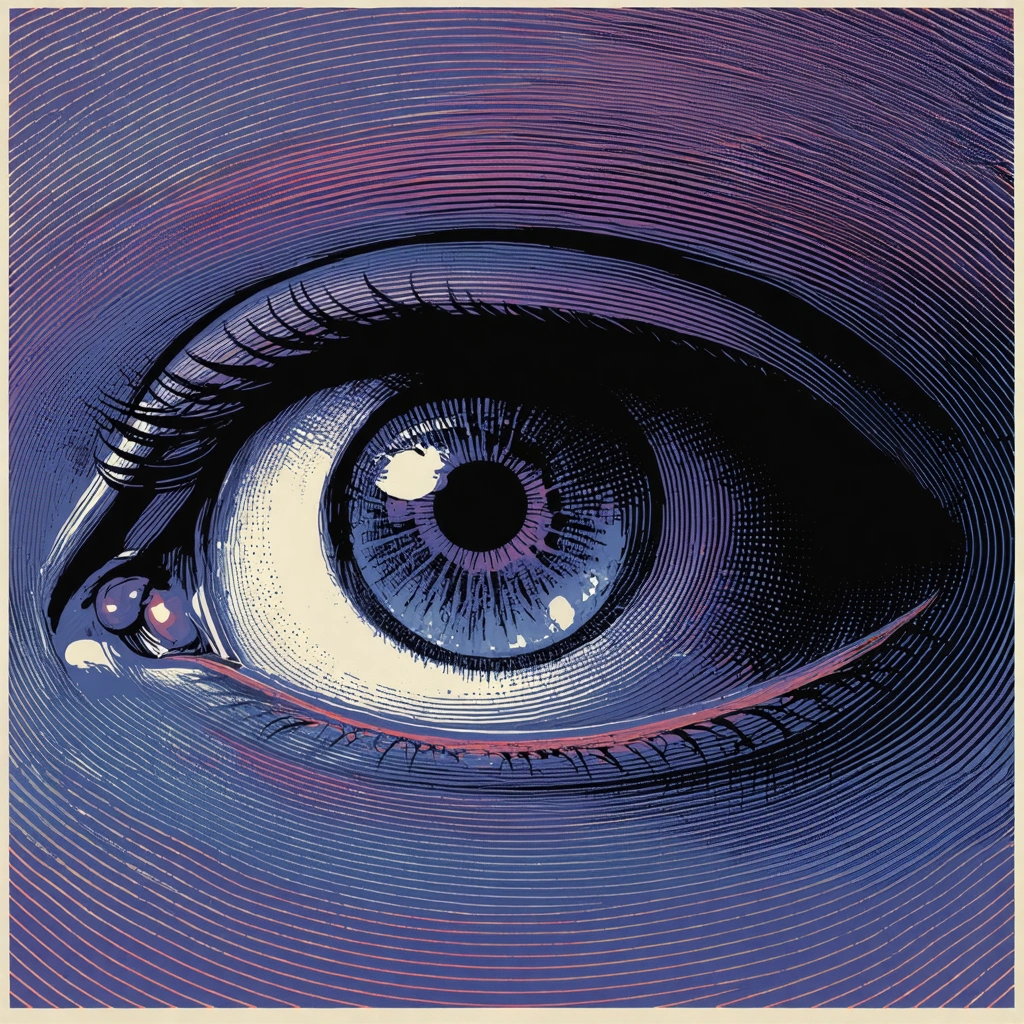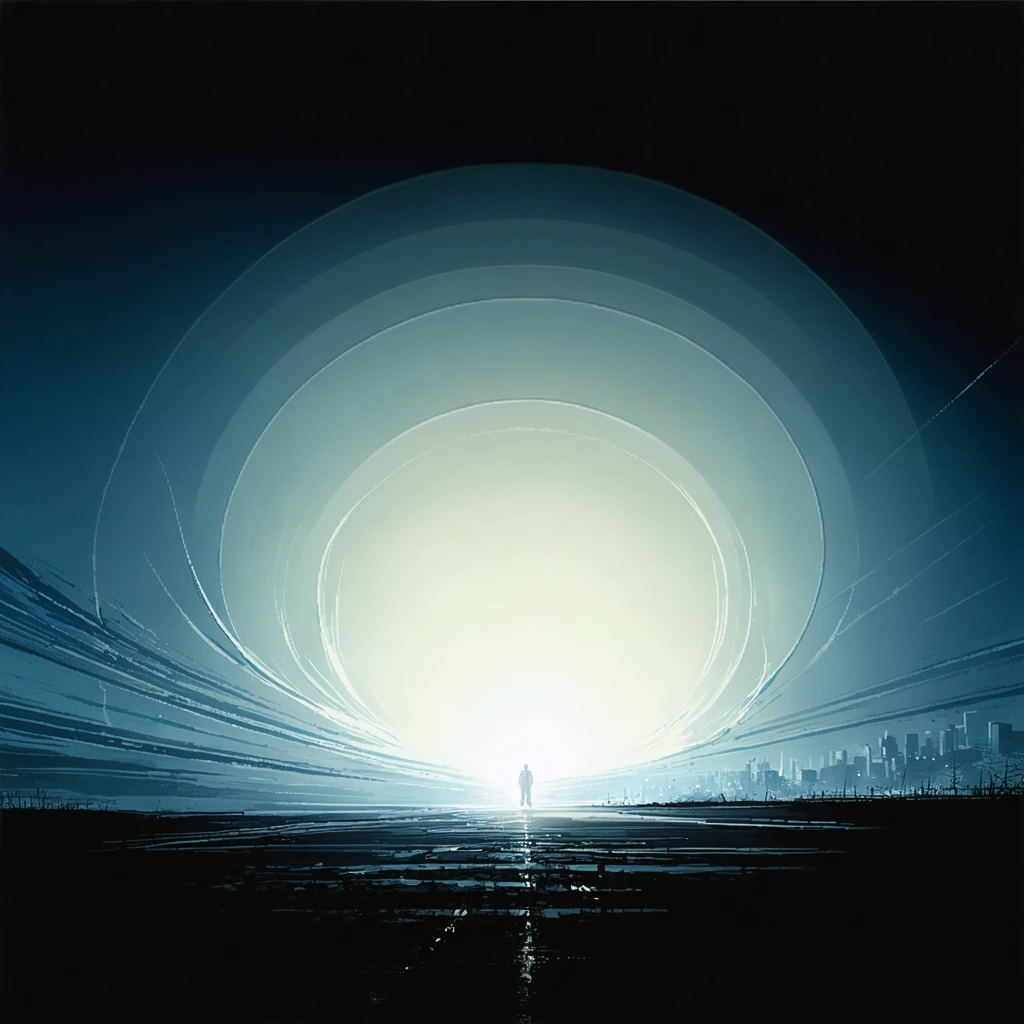
Have you ever found yourself utterly captivated by a film that seems to crawl inside your mind, twisting your perception of reality, and leaving you questioning what’s true long after the credits roll? Films that do this aren’t just entertainment—they’re experiences. "Hypnotic," a standout hypnotic film in the psychological thriller genre, takes this immersive storytelling to a whole new level. It’s a cinematic journey that entangles your senses, blending mesmerizing visuals with a plot so intricate and layered, you’ll find your thoughts racing to keep up.
When the Mind Becomes the Maze: The Allure of Psychological Thrillers
In a world saturated with predictable storylines and formulaic plots, psychological thrillers offer a fresh kind of cerebral challenge. These films don’t just show you what’s happening—they invite you to unravel the tangled web of human consciousness, motivations, and hidden fears. Yet, many psychological thrillers can fall into common traps: confusing narratives that frustrate rather than intrigue, or visuals that feel more like distractions than enhancements.
This is where “Hypnotic” distinguishes itself. Rather than overwhelming viewers with complexity, it uses its hypnotic qualities to engage and guide the audience’s attention. The film’s hypnotic style isn’t just a gimmick—it’s an essential part of the storytelling. It’s designed to pull you deeper into the psychological thriller’s core: the exploration of the subconscious mind, memory, and identity.
Why Do Hypnotic Films Fascinate Us So Deeply?
There’s something uniquely compelling about hypnotic films—they mimic the experience of hypnosis itself, subtly influencing the viewer’s mental state while telling a story. This isn’t about simple mind control or cheap tricks; it’s about immersion. Hypnotic films often utilize repetitive motifs, evocative lighting, and disorienting camera angles that mirror the protagonist’s emotional and psychological journey.
In “Hypnotic,” these cinematic tools are employed masterfully, creating a viewing experience where the line between observer and participant blurs. It’s as if the film is whispering directly into your mind, urging you to look closer, think harder, and feel more intensely. This technique elevates the psychological thriller to an art form, making the film linger in your thoughts long after you’ve left the theater.
What to Expect from This Exploration of “Hypnotic”
Throughout this article, we’ll dive into the unique ways “Hypnotic” captures the essence of psychological thrillers and why its hypnotic qualities make it a must-watch for fans of the genre. We’ll break down:
- The narrative structure and how it plays with memory and perception
- The stunning visual design that enhances the film’s psychological tension
- How “Hypnotic” challenges traditional storytelling to keep viewers guessing
- The emotional and intellectual impact that sets this film apart
If you’ve ever felt frustrated by a psychological thriller that left you scratching your head or bored by visuals that added nothing to the story, “Hypnotic” promises a refreshing experience. It’s a film that respects your intelligence and curiosity, inviting you to engage with it on multiple levels.
So, buckle up for a mind-bending cinematic adventure that redefines what it means to be truly hypnotic.

Exploring the Intrigue of Hypnotic: Mind-Bending Cinema
What is the movie Hypnotic about?
Hypnotic is a psychological thriller that masterfully combines a gripping narrative with stunning visuals to immerse viewers in a world where reality and perception blur. The film centers on a detective who, while investigating a series of mysterious disappearances, becomes entangled in a web of psychological manipulation and mind control. As the story unfolds, audiences are drawn into a labyrinth of suspense, where every scene challenges their understanding of truth and illusion.
The hypnotic film explores themes of memory, identity, and the subconscious mind, using visual storytelling techniques like disorienting camera angles and color palettes to enhance the psychological tension. This approach not only captivates viewers but also invites them to question the reliability of their own perceptions—a hallmark of effective psychological thrillers.
Why is Hypnotic considered a psychological thriller?
At its core, a psychological thriller delves into the complex workings of the human mind, often highlighting mental conflicts, emotional instability, and the thin line between sanity and madness. Hypnotic fits this genre perfectly by focusing on the psychological struggles of its characters rather than relying solely on physical action or gore.
Key elements that classify Hypnotic as a psychological thriller include:
- Mind-bending plot twists: The storyline constantly challenges viewers' assumptions, keeping them engaged and uncertain about what is real.
- Character-driven suspense: The film emphasizes the protagonist’s internal battles, fears, and motivations, creating a deep emotional connection.
- Atmospheric tension: Through its hypnotic visuals and sound design, the film establishes a mood that evokes unease and curiosity.
This combination of psychological depth and stylistic elements distinguishes Hypnotic from conventional thrillers, contributing to its reputation as a standout hypnotic film.
How does Hypnotic use visuals to enhance its psychological themes?
The hypnotic film employs a sophisticated visual language to mirror the protagonist’s fractured mental state and to immerse the audience in the story’s psychological complexity. Cinematographers utilize techniques such as:
- Color symbolism: Strategic use of colors—like cold blues to evoke detachment or warm reds for danger—helps convey emotional subtext.
- Surreal imagery: Dreamlike sequences and distorted perspectives blur the line between reality and hallucination.
- Dynamic lighting: Shadows and stark contrasts emphasize uncertainty and tension.
- Camera movement: Unsteady or unconventional angles reflect the instability of the characters’ minds.
These elements work cohesively to create a hypnotic atmosphere that not only supports the narrative but also affects the viewer’s psychological experience, making the film’s themes more impactful and memorable.
What makes a hypnotic film effective in engaging audiences?
Effective hypnotic films captivate audiences by:
- Engaging complex themes: They explore the subconscious, perception, and the human psyche in ways that provoke thought and emotional response.
- Balancing mystery and clarity: By providing just enough information to intrigue while withholding key truths, they maintain suspense without causing confusion.
- Utilizing sensory immersion: Visuals, sound, and pacing are carefully crafted to draw viewers into the story’s psychological landscape.
- Creating relatable characters: Even within surreal situations, characters with authentic emotions and motivations allow audiences to connect and invest emotionally.
These aspects ensure the hypnotic film experience is not just entertaining but also intellectually and emotionally stimulating.
Are there any notable examples or case studies of hypnotic psychological thrillers?
Yes, several films have successfully employed hypnotic elements within the psychological thriller genre, influencing audiences and filmmakers alike:
- Inception (2010): Directed by Christopher Nolan, this film explores layered dreams and subconscious manipulation with visually stunning effects, creating a hypnotic narrative structure.
- Black Swan (2010): Darren Aronofsky’s psychological thriller uses surreal imagery and intense character study to depict a dancer’s descent into madness.
- Shutter Island (2010): Martin Scorsese’s film combines mystery and psychological instability, using atmospheric visuals to deepen the sense of disorientation.
These films demonstrate how hypnotic techniques can elevate psychological thrillers, offering rich, immersive experiences that challenge and engage viewers.
How can understanding Hypnotic enhance appreciation of psychological thrillers?
By analyzing the elements that make Hypnotic compelling—the integration of psychological complexity, visual artistry, and narrative intrigue—viewers can develop a more nuanced appreciation of the psychological thriller genre. Recognizing how filmmakers manipulate perception and emotion helps audiences anticipate themes, appreciate craftsmanship, and engage more deeply with the story.
This understanding also encourages viewers to explore similar films, enriching their cinematic experience and expanding their awareness of storytelling techniques in modern cinema.



